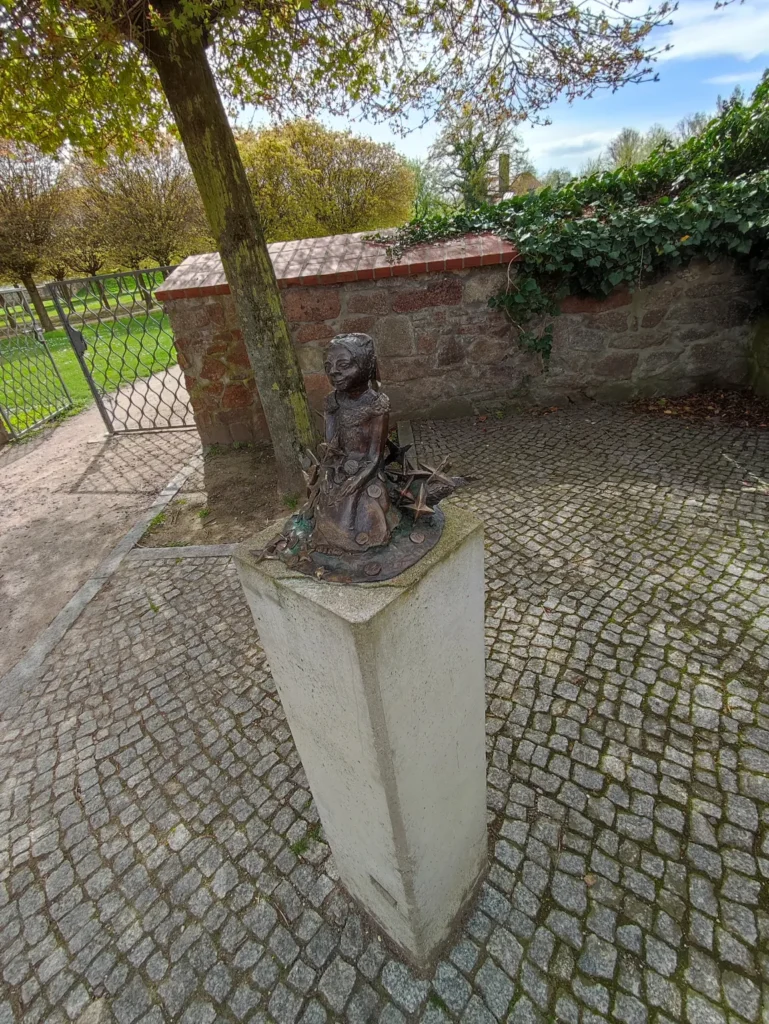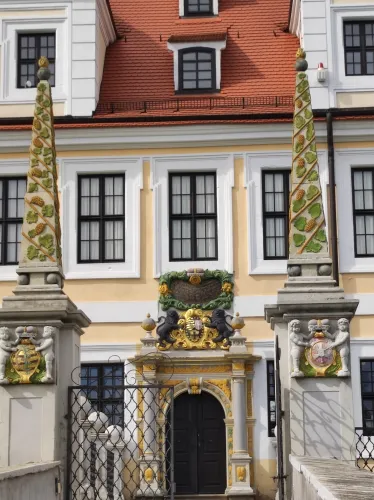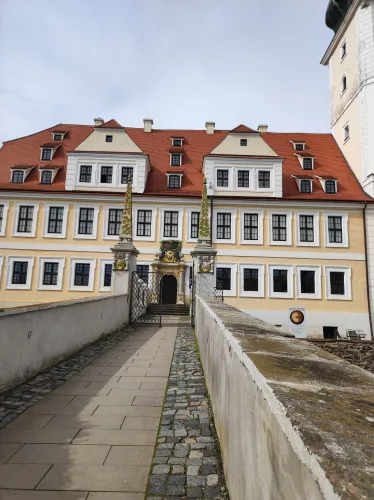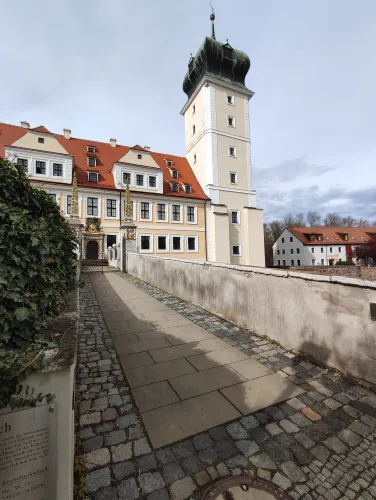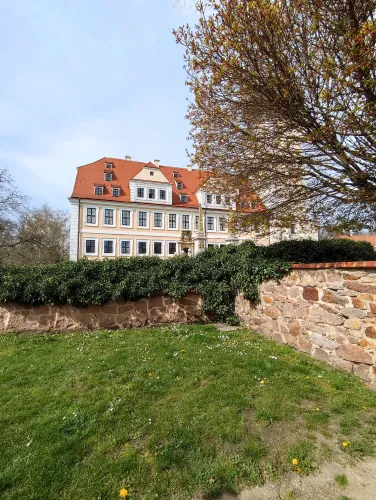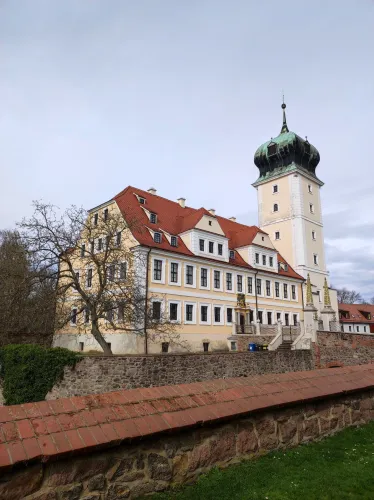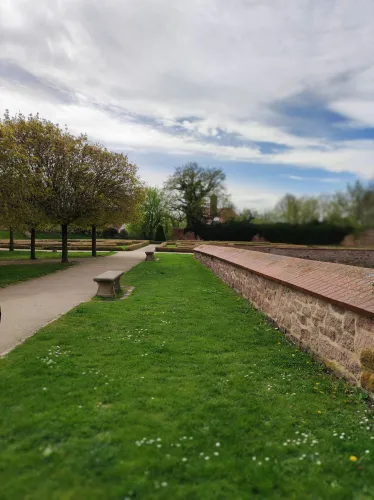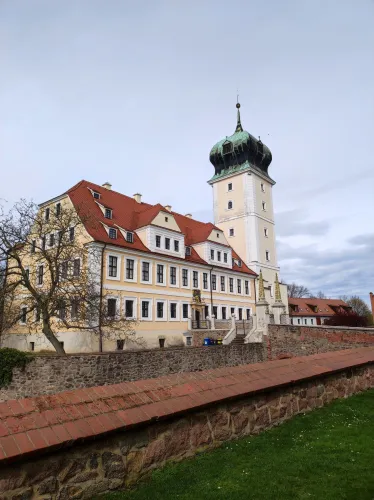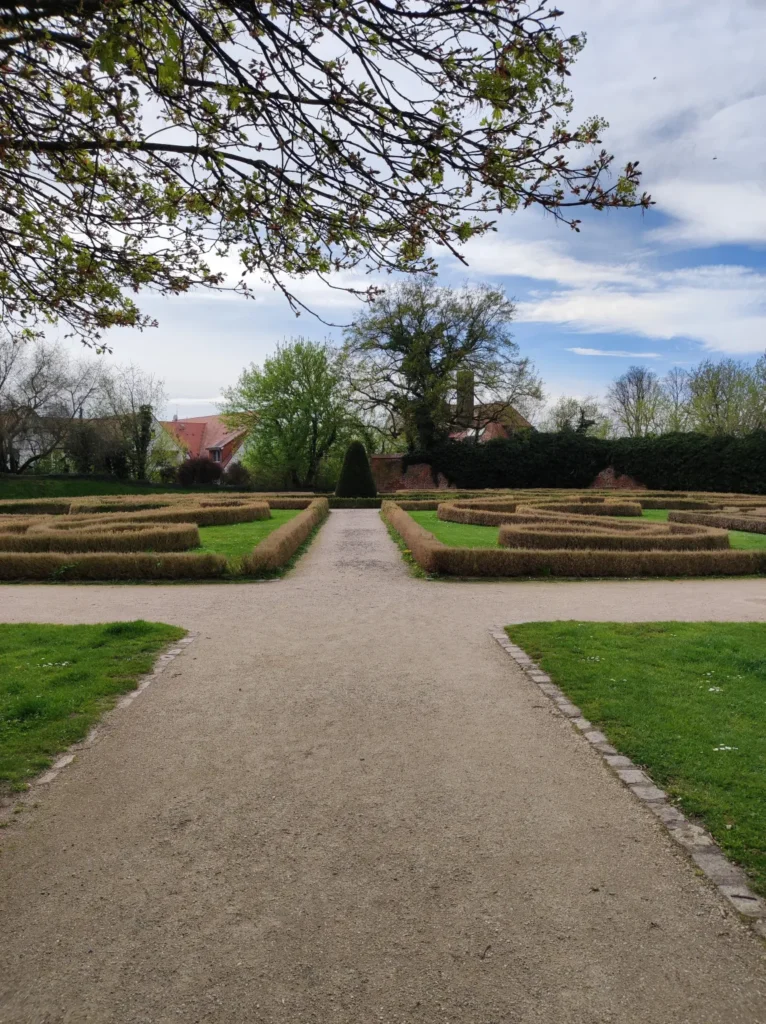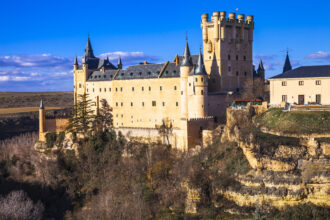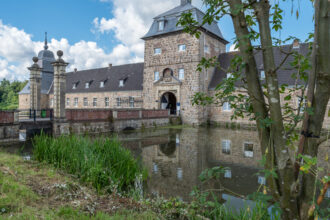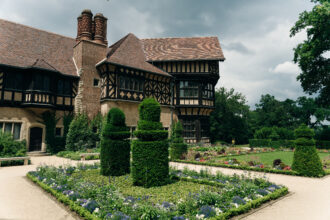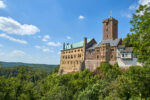One of Saxony’s most beautiful castles, which is also its most beautiful ladies’ castle, is the Baroque castle of Delitzsch. It is located in the town of the same name, not far from the hip Saxon metropolis of Leipzig. This fairytale gem, surrounded by a picturesque lake landscape, was built as a medieval moated castle between 1389 and 1391 on behalf of Wilhelm I of Meissen. Its tower still bears witness to this today. From then on, the moated castle served as a traveling residence for the Saxon rulers. It was also the seat of the sovereign’s administrative offices. In 1540, work began on transforming the moated castle into a Renaissance-style palace, which was completed in 1558. During the Thirty Years’ War, the condition of the building deteriorated rapidly. However, after the division of Saxony in 1657, Delitzsch belonged to the secundogeniture principality of Saxony-Merseburg, whose Duke Christian I made the Baroque palace not only his traveling residence, but also his widow’s residence. From 1689 onwards, he had it completely redesigned as a Baroque palace based on the French model with a magnificent interior. After the extinction of this family in 1738, it became home to the finance and pension office. Over 100 years later, from 1860 to 1926, the palace served as a women’s prison until the museum moved in in 1929. Today, it is home not only to the Delitzsch Baroque Castle Museum, but also to the city’s tourist information office, the registry office, the district music school, and the castle cellar, which is used as a sound vault. To the west of the magnificent Baroque castle lies the enchanting Baroque garden. It was laid out between 1692 and 1693 according to the designs of the princely court gardener Andreas Gotthardt Carl and the dowager duchess Christiane von Sachsen-Merseburg, who was living in the castle at the time. The garden was designed in the “á la francaise” style, divided into a round, four-part broderie parterre and a fan-shaped lawn parterre.
